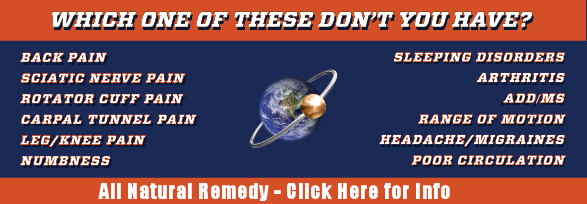 The most common symptom is pain, pain in the lower back or the back of the hips. Some individuals report pain in the thighs or groin and in many cases it may be difficult to determine the exact source. Pain is typically worse when standing and walking and will improve when lying down.
The most common symptom is pain, pain in the lower back or the back of the hips. Some individuals report pain in the thighs or groin and in many cases it may be difficult to determine the exact source. Pain is typically worse when standing and walking and will improve when lying down.
Sacroiliac inflammation responds well to conservative therapy. The first step is to avoid any activities that cause symptoms. This may mean avoiding sports until the symptoms subside. Individuals will also find relief using anti-inflammatory medication to minimize the inflammation and using ice over the area for the same purpose. Even when the pain goes away the anti-inflammatory properties of medication and ice are important to the healing process.
Once inflammation has subsided your physician may recommend physical therapy to help strengthen the muscles around the joints and increase the flexibility. If all of these treatments fail an injection of corticosteroids will deliver more powerful anti-inflammatory medication directly to the area. (3)
If the pain is mild you can try using rest and ice. Anti-inflammatory medications such as ibuprofen may be helpful if they do not interact with any other underlying medical conditions that you may suffer from or other prescription or over-the-counter medications that you are already taking. Check with your primary care physician if you’re considering ibuprofen for any length of time and with your pharmacist regarding drug interactions.
References:
(1) The Journal of Manual & Manipulative Therapy: Evidence-Based Diagnosis and Treatment of the Painful Sacroiliac Joint
http://www.ncbi.nlm.nih.gov/pmc/articles/PMC2582420/
| Advertisement | |
 |
|



Leave a Reply